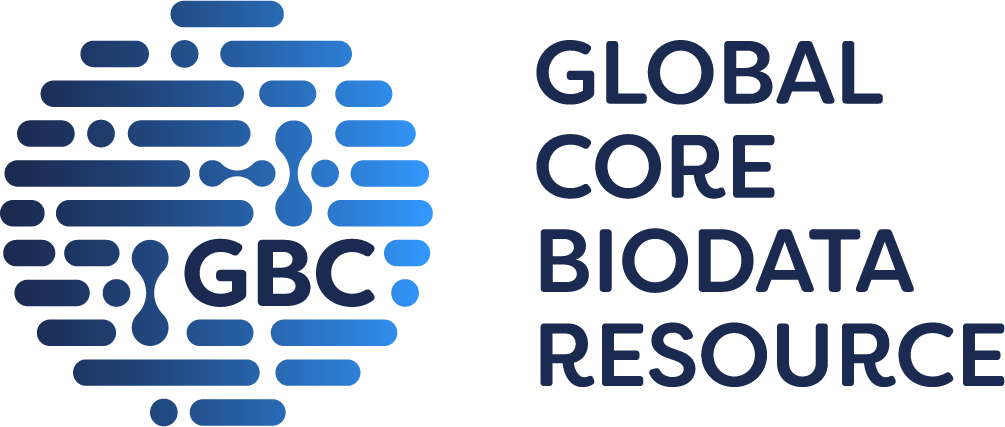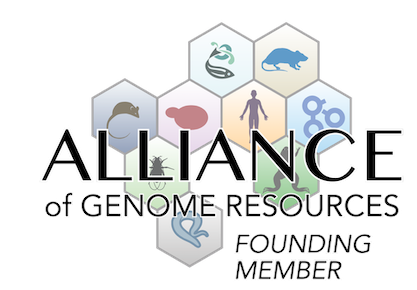growth/size/body
 |
• at 4 months of age, males, but not females, have a reduced body length
• however, mice show normal weight gain over the first 16 weeks of life
|
 |
• females, but not males, show a 17% increase in spleen weight
|
hematopoietic system
 |
• females, but not males, show a 17% increase in spleen weight
|
|
• spleen shows megakaryocyte hyperplasia associated with abnormal megakaryocyte distribution
|
|
• mice show a reduction in circulating platelets
|
homeostasis/metabolism
|
• mice show a tendency towards elevated creatine kinase levels
|
immune system
 |
• females, but not males, show a 17% increase in spleen weight
|
muscle
|
• myofibers show presence of tubular aggregates with length of up to 75 um, a width ranging from 2-8 um, and cross-section diameter of individual membrane tubules of 80-90 nm
|
|
• mice show muscle weakness associated with myofiber atrophy
|
|
• tibialis anterior muscle shows a decrease of average myofiber diameter and an increased ratio of internalized nuclei and calcium-rich fibers indicating muscle fiber degeneration
• calcium deposits are more prominent in males than females
|
|
• tibialis anterior muscle shows reduced maximal muscle force
• muscle force is normal at low stimulation frequencies of 20-50 Hz and is decreased at higher stimulation frequencies of 75-150 Hz
• primary myoblasts show an increase in resting calcium levels
|
|
• mice show abnormal fatigue curves with absence of muscle force increase in males after 10 stimulations and a similar tendency in females
|
skeleton
|
• almost all mice exhibit kyphosis
• spine curvature is more pronounced in males with 37.5% of males showing high-degree kyphosis which is not seen in females and 50% of males showing low-degree kyphosis and 70% of females showing low-degree kyphosis
|
Mouse Models of Human Disease |
DO ID | OMIM ID(s) | Ref(s) | |
| Stormorken syndrome | DOID:0060354 |
OMIM:185070 |
J:372266 | |
| tubular aggregate myopathy 2 | DOID:0080686 |
OMIM:615883 |
J:372266 | |



 Analysis Tools
Analysis Tools